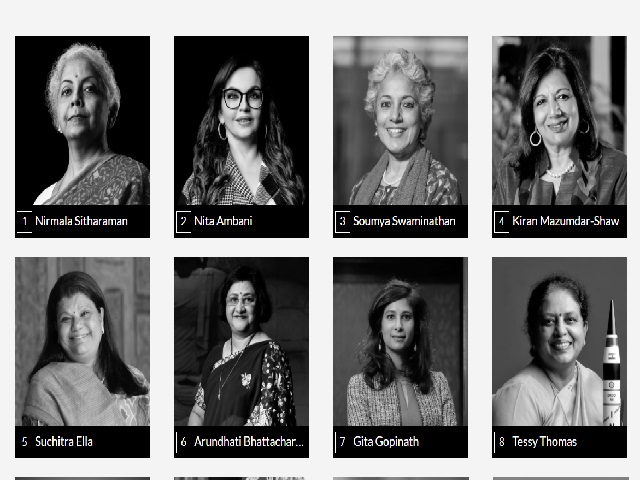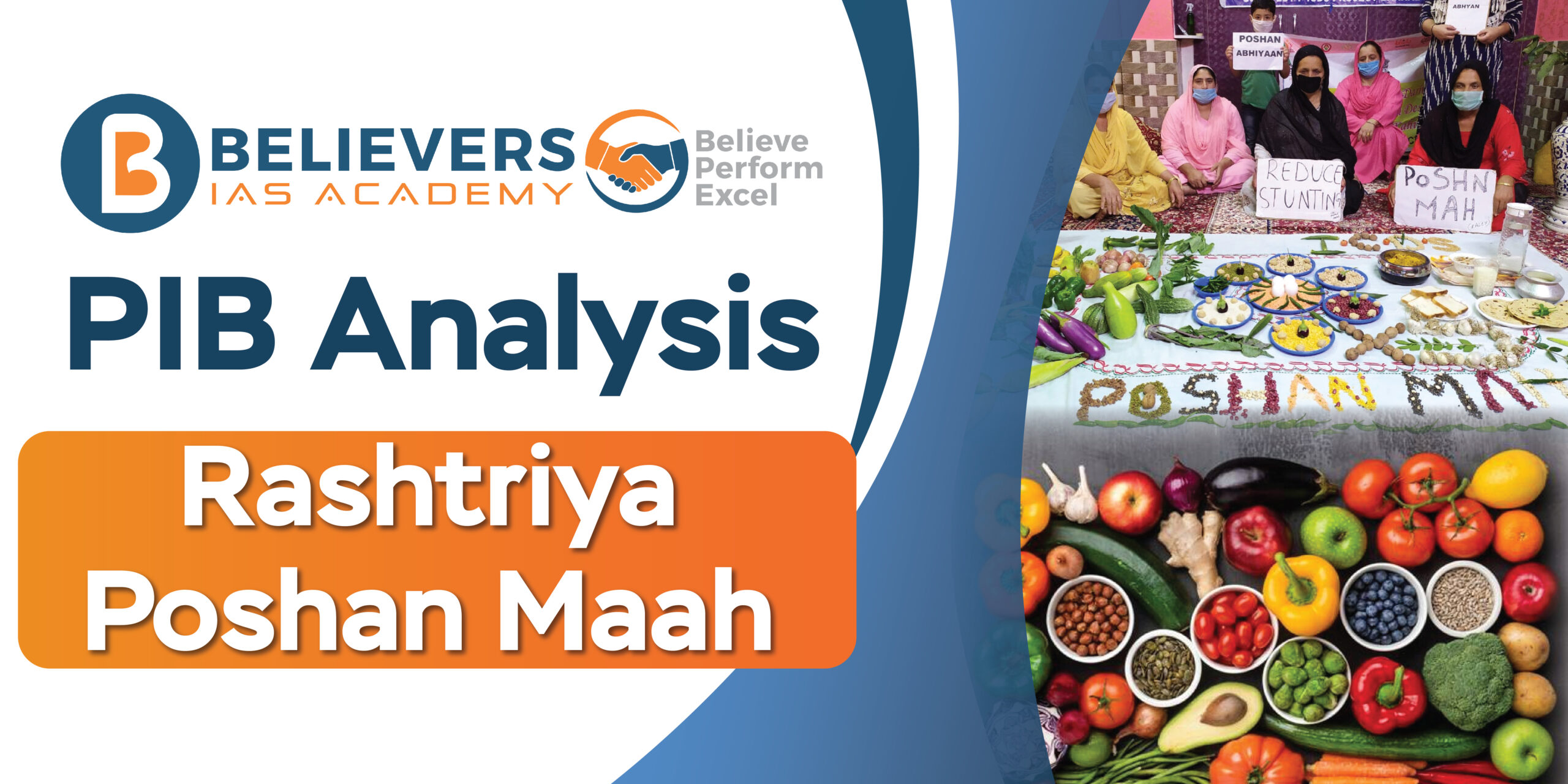India’s Demographic Transition: Unraveling the Transformative Journey of Women
Context:
India’s population, which burgeoned from 340 million at Independence to a staggering 1.4 billion, has been deeply influenced by advancements in public health, receding starvation, and medical breakthroughs. This decline in mortality rates has not only resulted in longer life expectancies for men, reaching an average of 69 years, but has also triggered an unforeseen shift in reproductive patterns. Consequently, as India witnesses a decline in fertility rates from 5.7 in 1950 to 2.1 in 2019, it becomes imperative to examine the multifaceted impact of this demographic transition, particularly on women.
Relevance:
GS-01 (Role of women, Social empowerment, Issues related to women)
Prelims:
- Glass Ceiling
- Beti Bachao Beti Padhao Scheme
- Ujjawala Yojna
- Swadhar Greh
- One Stop Centre
- Constitutional Provisions Related to Women Empowerment
Mains question:
- Assess the implications of early marriage and early childbirth on women’s labor force participation. Analyze the factors that hinder women from accessing skilled occupations and gaining work experience. (250 words)
Dimensions of the Article:
- Change for Indian Women
- Implications of Declining Fertility Rates
- Implications at Older Ages
- Harnessing the Gender Dividend
- Practical Strategies for Enhancing Childcare Access
Change for Indian Women:
- Traditional preference for sons becomes challenging due to declining fertility rates and smaller family sizes- Previously, with four children, the likelihood of not having a son was only 6%, but with the shift towards smaller families of two children, this probability has surged to 25%. This shift poses a significant challenge to the fulfillment of the traditional preference for at least one son.
- Increase in sex-selective abortions and neglect of ailing daughters- In response to the growing difficulty in ensuring the birth of a son, social norms, patrilocal kinship patterns, and financial insecurities have reinforced the preference for sons. Consequently, parents have resorted to sex-selective abortions, leading to a decline in the sex ratio of girls to boys aged under five from 96 to 91 between 1950 and 2019.
Implications of Declining Fertility Rates:
- Reduced time spent actively mothering, creating opportunities for education and employment- As fertility rates decline and families have fewer children, women have more time available for pursuits beyond active mothering. This has opened up opportunities for women to pursue education and engage in the workforce, thereby expanding their horizons beyond traditional domestic roles.
- Decrease in years spent caring for children under five (14 years to 8 years) and children aged six to 15 (20 years to 14 years). With declining fertility rates, the duration women spend caring for young children has significantly decreased. This shift allows women to allocate their time and energy to other endeavors, such as education, skill development, and career growth.
- Early marriage and early childbirth continue to dominate women’s lives, hindering labor force participation and skilled occupations. Despite the positive changes brought about by declining fertility rates, early marriage and early childbirth persist as prevailing practices.
- This cultural phenomenon restricts women’s opportunities for higher education, skill acquisition, and meaningful participation in the labor force, limiting their access to skilled occupations and economic empowerment.
Implications at Older Ages:
- The remarkable improvements in public health and increased life expectancies have led to a significant demographic shift, with a larger proportion of women living beyond the age of 65.
- Widowed women face financial dependence on children, perpetuating son preference. Women generally marry older men and are more likely to outlive their husbands.
- Consequently, a significant number of women find themselves widowed in their older years, often facing financial challenges and a lack of access to savings and property. This dependence on children, predominantly sons, reinforces the cycle of son preference and limits the autonomy and well-being of older women.
Harnessing the Gender Dividend:
- Addressing deeply entrenched patriarchal norms requires sustained efforts to empower women and reduce their reliance on sons.
- Enhancing women’s access to employment opportunities, assets, and resources can break the cycle of gendered disadvantage.
- However, unlike East Asian nations that have experienced delayed or forgone marriages and childbirth, early marriage and early childbearing remain prevalent in Indian women’s lives, necessitating focused interventions.
Practical Strategies for Enhancing Childcare Access:
- Recognizing staffing crèches as acceptable work under the National Rural Employment Guarantee Scheme (NREGS) can improve access to childcare services.
- Leveraging the self-help group movement to establish community-based childcare centres in urban and rural areas can enhance accessibility.
- Ensuring affordable and quality childcare facilities is crucial for promoting women’s labour force participation and reducing barriers to employment.
Conclusion:
India’s demographic transition has undeniably reshaped the lives of its citizens, especially women. The decline in fertility rates has brought about both positive and negative consequences, altering societal expectations and creating opportunities for education and employment. However, deeply ingrained patriarchal norms continue to impede progress, maintaining early marriage, and early childbirth as predominant forces in women’s lives. Breaking free from this cycle necessitates empowering women through enhanced access to childcare facilities, education, and assets. By embracing these strategies, India can truly unlock its demographic and gender dividends, fostering a more inclusive and equitable society for all its citizens.





